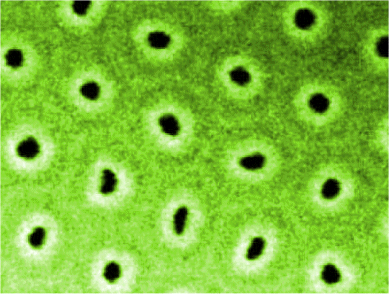Lars Berglund, KTH and Wallenberg Wood Science Center (WWSC), Sweden, used freeze-dried bacterial cellulose nanofibril aerogels as templates for making lightweight porous magnetic aerogels. These can be compacted into a stiff magnetic nanopaper.
A porous aerogel of 2 % cellulose fibrils and 98 % pores was created and dipped into a saline solution. This acts as a template, directing the growth of 40 – 120 nm large cobalt ferrite particles. The particles bind very strongly with the cellulose. During the production process it is possible to control the amount of magnetic particles that are formed. Various strengths and flexibilities can be obtained by compressing the nanopaper to different levels of porosity..
Magnetic nanopaper can, e.g., be used to prevent the falsification of documents, implants in the human body, and for small motors and sensors. Compared to metallic magnetic materials, the strong magnetic nanopaper is much more malleable.
- Making flexible magnetic aerogels and stiff magnetic nanopaper using cellulose nanofibrils as templates
R. T. Olsson, M. A. S. Azizi Samir, G. Salazar-Alvarez, L. Belova, V. Ström, L. A. Berglund, O. Ikkala, J. Nogués, U. W. Gedde
Nat. Nanotechnol. 2010, 5, 584–588.
DOI: 10.1038/nnano.2010.155



